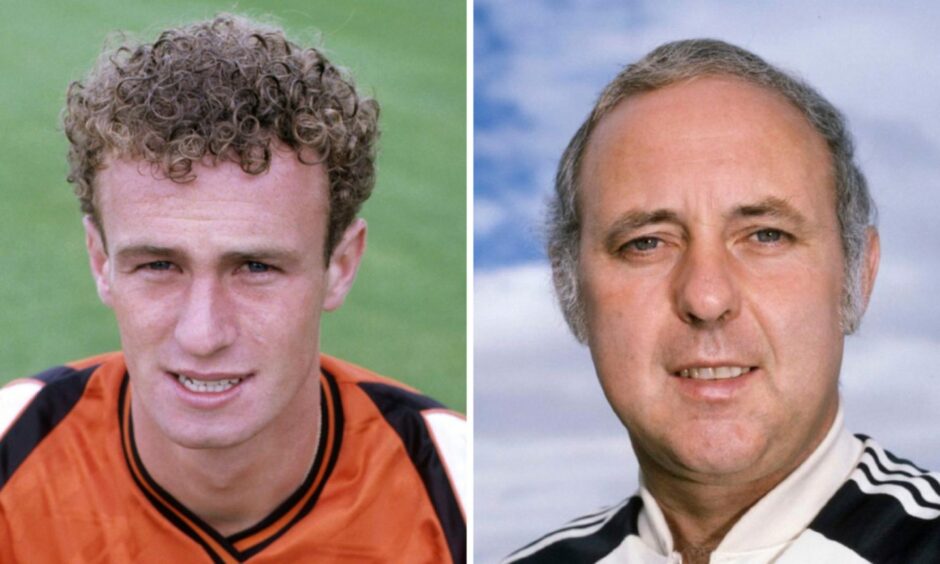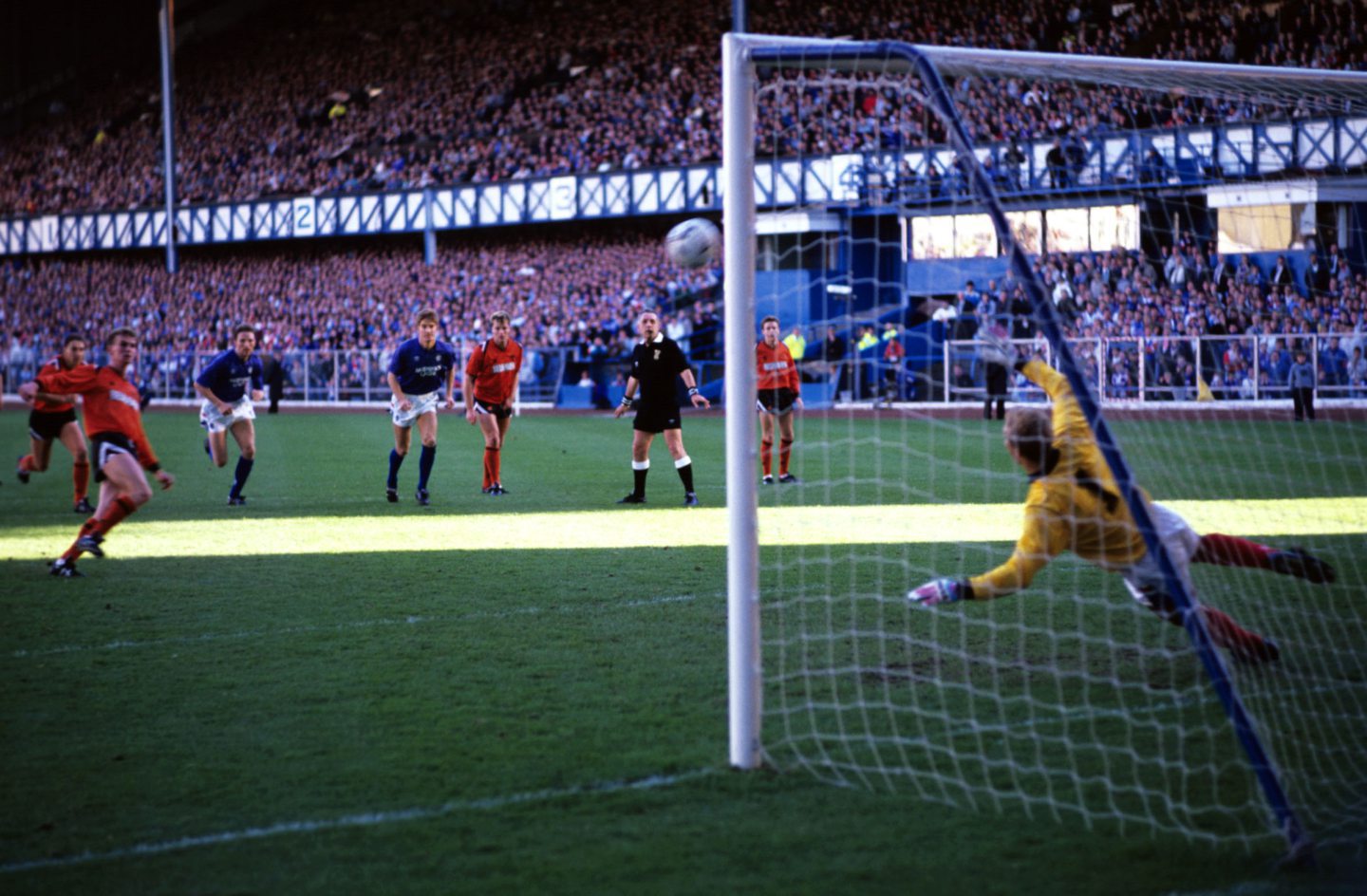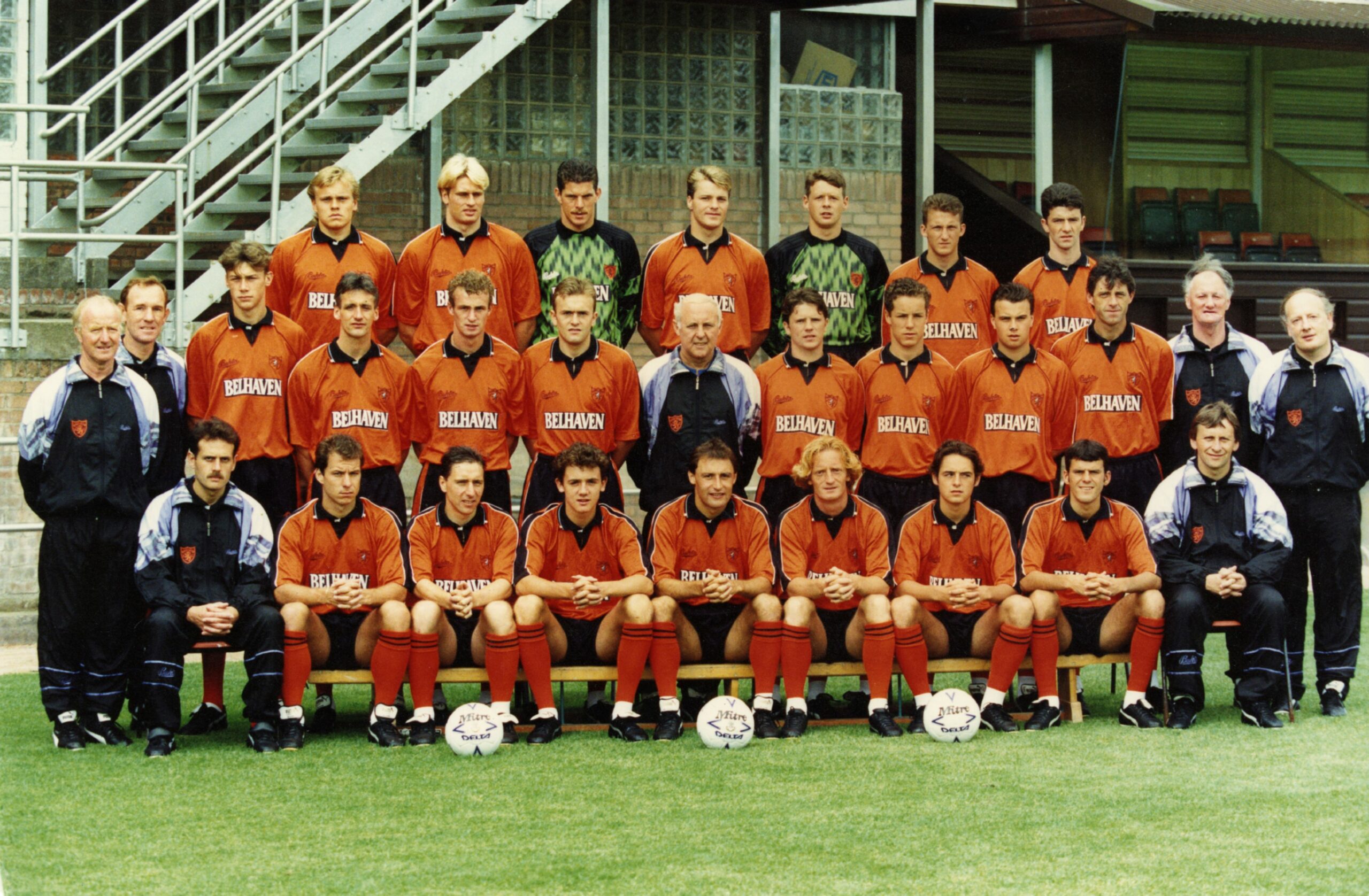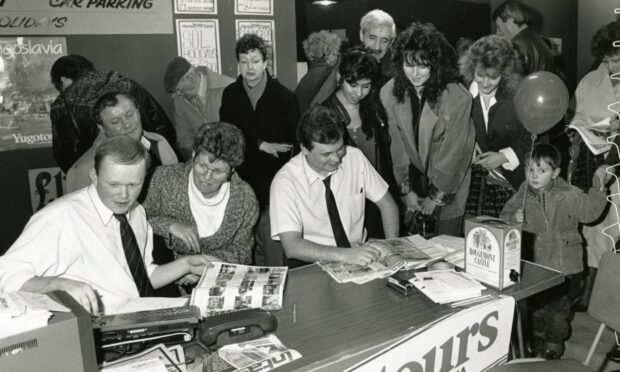
After weeks of speculation Michael O’Neill was unveiled as Northern Ireland manager on Wednesday.
It’s the second time the Portadown-born former pro has taken charge of the national team.
O’Neill will no doubt be looking to replicate his national team’s heroics, reaching the round of 16 at Euro 2016 in France.
He may have taken charge of teams in some of the biggest stadiums in the world but it was in the city of Dundee that he feels shaped him as a manager and a person.
Choosing Newcastle over Dundee United
The then-20-year-old was signed up by legendary Dundee United boss Jim McLean in 1989 for £350,000, a club record fee at the time.
“Jim wasn’t known for spending money – so when he did there was that added bit of pressure,” O’Neill explained.
“I had an enjoyable four years there – I had a few challenges with Jim McLean as well as with injury – but over the piece my memories of Dundee United are fond.
“It’s a club I always look out for.”
O’Neill had the chance to join up with the Tangerines two years prior. he caught the eye of McLean having played against United in the Uefa Cup that previous season
As a promising teenager at Coleraine he had a number of suitors but risked the wrath of McLean by opting for Newcastle United.
But the Magpies’ were relegated to the English Second Division in 1989 and the midfielder looked for new options.
With the European ban still in place for clubs south of the border due to the Heysel disaster, O’Neill opted to take up Wee Jim’s offer at the second time of asking.
“Jim was pretty annoyed that I made the decision to go to Newcastle initially,” O’Neill recalled.
“He told my dad that in no uncertain terms! I was 18 or 19 at the time, but that’s football.
“He knew that I’d gone to Newcastle and done well, by that time I was a full international.
“We had been relegated with Newcastle when he came back in and this was before the Premier League.
“There wasn’t the gap between English and Scottish football as there is now.
“The English clubs were banned from playing in Europe as well. All of those were factors when I thought Dundee United was a good option.
“They were in Europe and able to challenge at the top end of the Scottish Premier League.”
McLean influence
After upping sticks to the Perth Road with a flat over-looking the Tay, which he shared with teammate Grant Johnson, O’Neill felt life couldn’t get much better at United.
He’d scored the only goal on his debut in the League Cup win over Partick Thistle the day after he’d signed. A few days later he bagged his second for the club to put them 2-0 up in the Dundee derby.
But O’Neill was to be brought swiftly back down to earth by his gaffer.
United would go on to lose the Dens Park clash 4-3.
Harsh words were said and O’Neill admits it was hard to take as a fresh-faced signing.
“I’d had a mad few days but that was my first experience I’d had of Jim McLean and how he tried to get a reaction from his players,” he said.
“I had four years of it after that. I got well used to it.
“It was always tough to deal with but football was different back then.
“People were a lot more forthright with their opinions in dressing rooms those days than they are now.
“It was challenging but it was part of our education.”
Fallout
After featuring for most of his first season, O’Neill then found game time hard to come by.
A bout of glandular fever kept him on the sidelines He then faced another spell on the sidelines after fracturing his cheekbone in one of his first games back.
Then came the falling out with Jim McLean.
Three years into his initial deal, he was presented with one of his manager’s infamous lengthy contracts.
However, O’Neill didn’t feel ready to commit himself at that time, much to the dismay of McLean. He was subsequently banished to the reserves.
While he is critical of the way McLean handled some of his players, O’Neill does profess that his former boss was a visionary and he implemented routines that were unheard of at the time.
Despite their rocky relationship, he believes he wouldn’t be the manager he is today if not for Wee Jim.
“There were things that could have been done better,” he says. “The man-management of players wasn’t particularly good and some felt victimised.
“It was a tough environment at times.
“People think of Jim being good tactically, but for me it was how he looked ahead at how the game was going and we had a strict fitness regime.
“He was always keen to stress that how we lived our lives away from the pitch was every bit as important as on it.
“That’s something that’s very important in the game today.
“In many ways Jim was thinking ahead and was a big part of what United was about.
“I think that did help shape me as a manager.”
Dundee memories
In all, O’Neill made 78 appearances in a United shirt.
It was bittersweet on the field with a couple of European appearances but he left Tannadice in 1993 without any winners medals.
It was also the beginning of the end of the McLean era as the iconic manager stood down shortly after O’Neill’s departure.
Off the field, though, he cherished his time in Dundee.
“The game was changing from when I joined,” he explained. “People like Hegarty and Narey were coming to the end.
“Malpas was still there as was McInally and Bowman.
“Then there was the crop of younger players coming through like Duncan Ferguson, Christian Dailly, Ray McKinnon, Darren Jackson arrived not long before me.
“There was the makings of a really good team there.
“We probably didn’t achieve as much as we could have done.
“We lost in cup finals and semi-finals but a lot of those players went on to have good careers south of the border as well.
“In the period I was at the club we didn’t win anything, so I didn’t come away with any winner’s medals but the people I met are very close still to this day.
“Some of my best friends in football I met in that period at United.”















Conversation